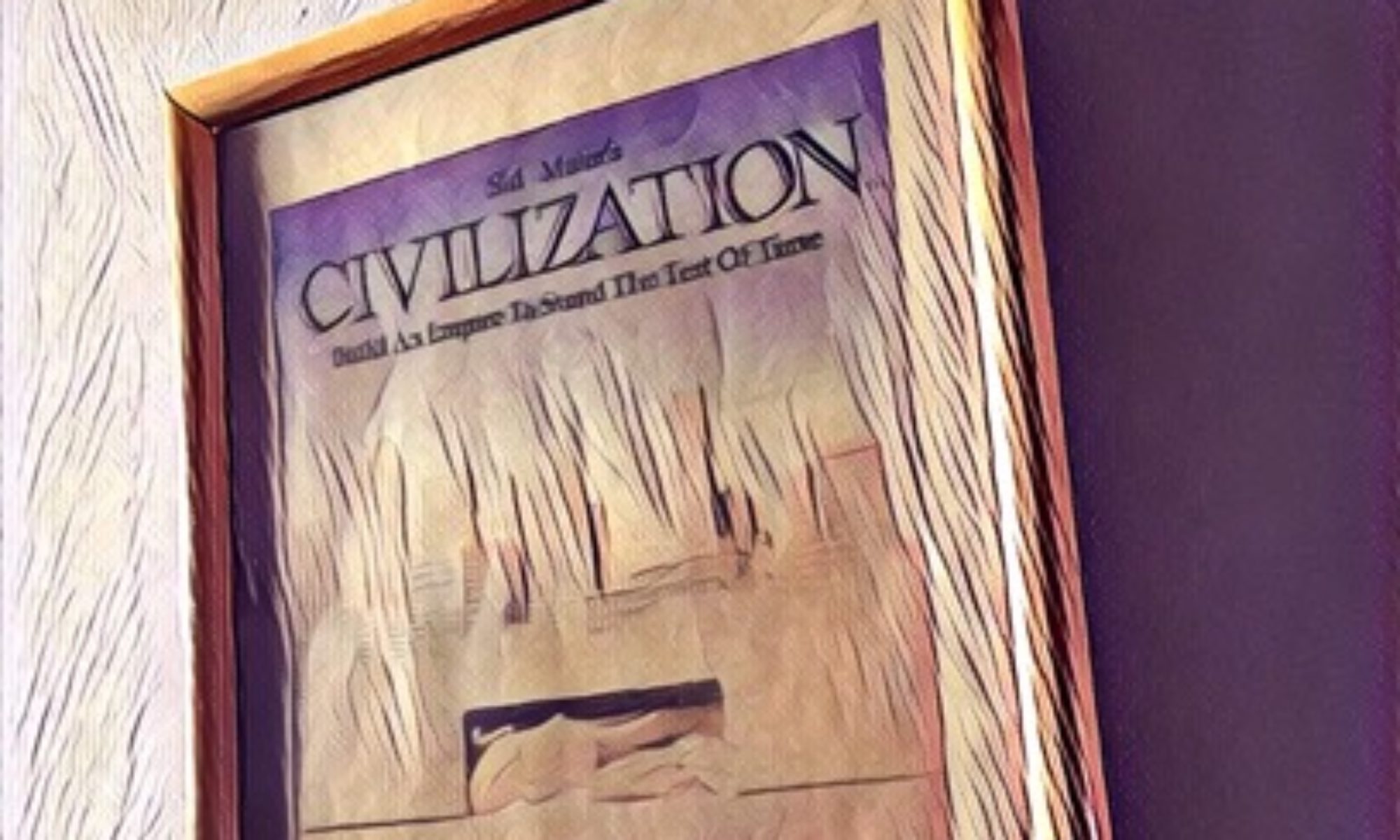Amid the barrage of heavyweight entertainment successes, a humble venture proves that Star Wars is king in 1991.
An enduring franchise marries tried-and-tested narrative elements with innovative components ranging from energy fields surrounding all living things to believable space battles. The ingenuity of selection and the well-considered blend of spices (hopefully) render every return as exciting as the first encounter. By 1991 the glorious entertainment of Star Wars had become legendary.

Competition nevertheless and inevitably arises over time, plucking the various fruits from venerable entertainment properties to set up their own orchard of reliable returns. One aspect in particular would be virtually cannibalised to the point of ubiquity: rapid advances in effects technology had made any kind of space action not only available to more modestly budgeted features (such as the Star Trek motion pictures) but television as well. 1987 had seen the launch of Star Trek – The Next Generation, whose enormous success engendered an army of spin-offs and made effects shots set in space a run-of-the-mill exercise on television. In short order, stunning realisations of a galactic storytelling arena had ceased to be exclusively associated with Star Wars and, for that matter, major motion pictures in general.
Chris Roberts from Origin had even gone several steps further by putting computer game players into the midst of an interstellar war that had entered its second installment with 1991’s Vengeance of the Kilrathi. Several computer magazines would thereupon mock the then re-named LucasArts Entertainment Company for seeming incapable of harvesting the treasures from a galaxy far, far away.
With a well-established propensity for diligence, the Lucasfilm companies saw no need to retaliate or counter these apparently ominous portents. Apart from the cracking point-and-click Monkey Island-adventures and significant effects work on Hudson Hawk, The Rocketeer and Backdraft, the fine craftsmen and -women across the Bay were driven to new heights by the every reliably challenging visions of James Cameron: Terminator 2 – Judgment Day‘s true star was ILM’s T-1000, a cyborg killer made of liquid metal, the first approximation of a realistic computer generated full-motion human form in motion picture history.

As with The Abyss, Cameron’s latest project broke entirely new grounds in the field of visual effects, not only with respect to character generation but also believable interaction between the live action environment and the virtual T-1000. A marvel at its time, the T-1000 won ILM another Academy Award and formed another crucial piece en route to the tentatively announced Star Wars prequels.

George Lucas himself was meanwhile fairly removed from the eye-popping feats conjured up by his colleagues. He was content with the relatively mundane task of authorising Timothy Zahn to write a trilogy of novels set in the years after the Battle of Endor: already the first instalment instantly shot to the top of the New York Times Bestseller Chart Heir to the Empire.
Not even the most advanced technological achievements in the entertainment industry could overshadow what the written word proved most decisively: Star Wars was in high demand as ever in 1991.
